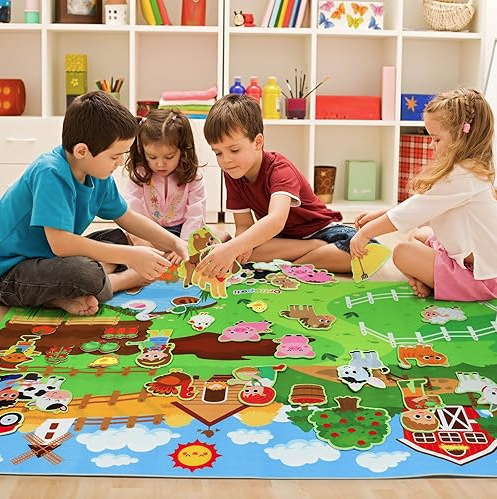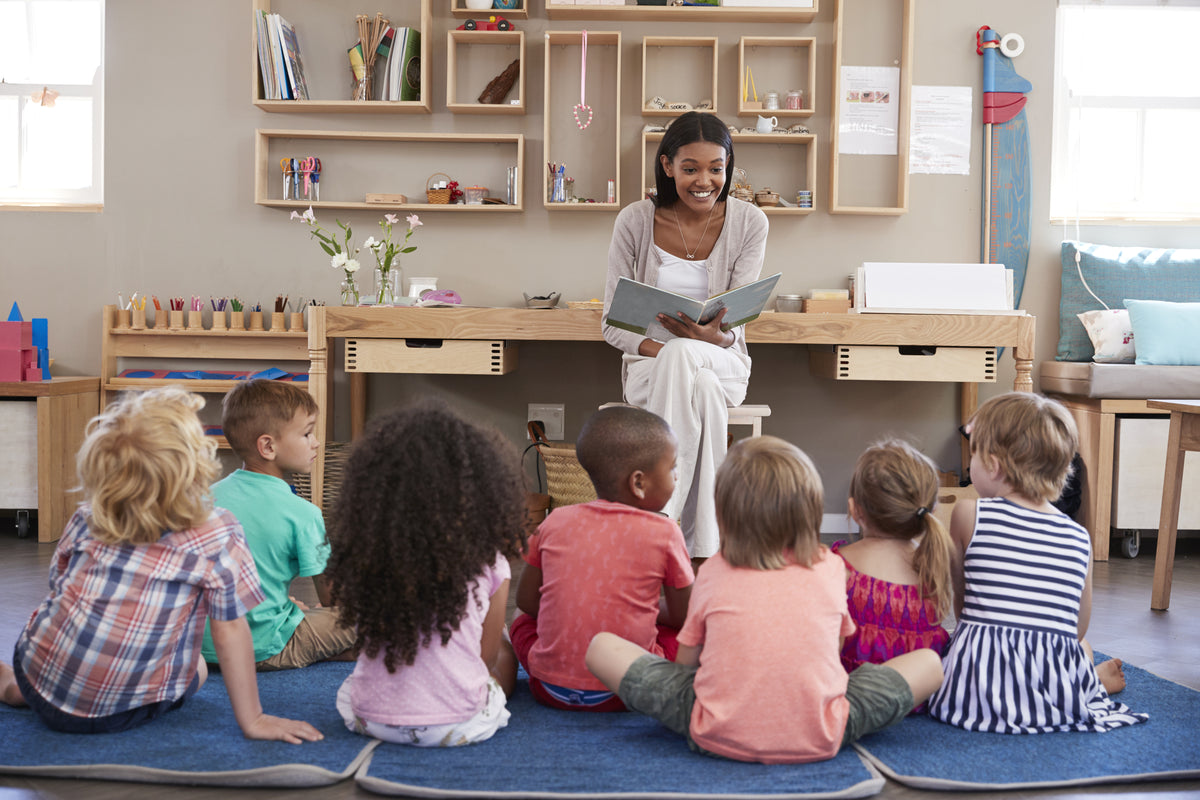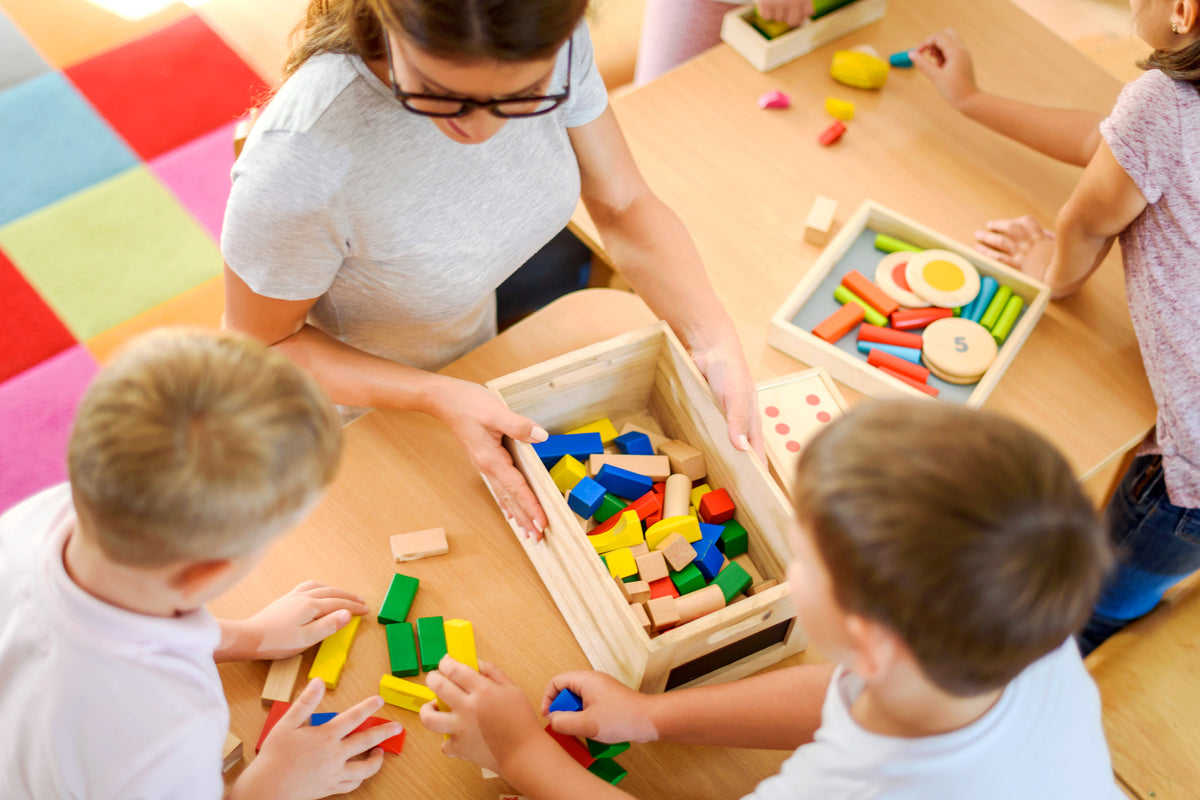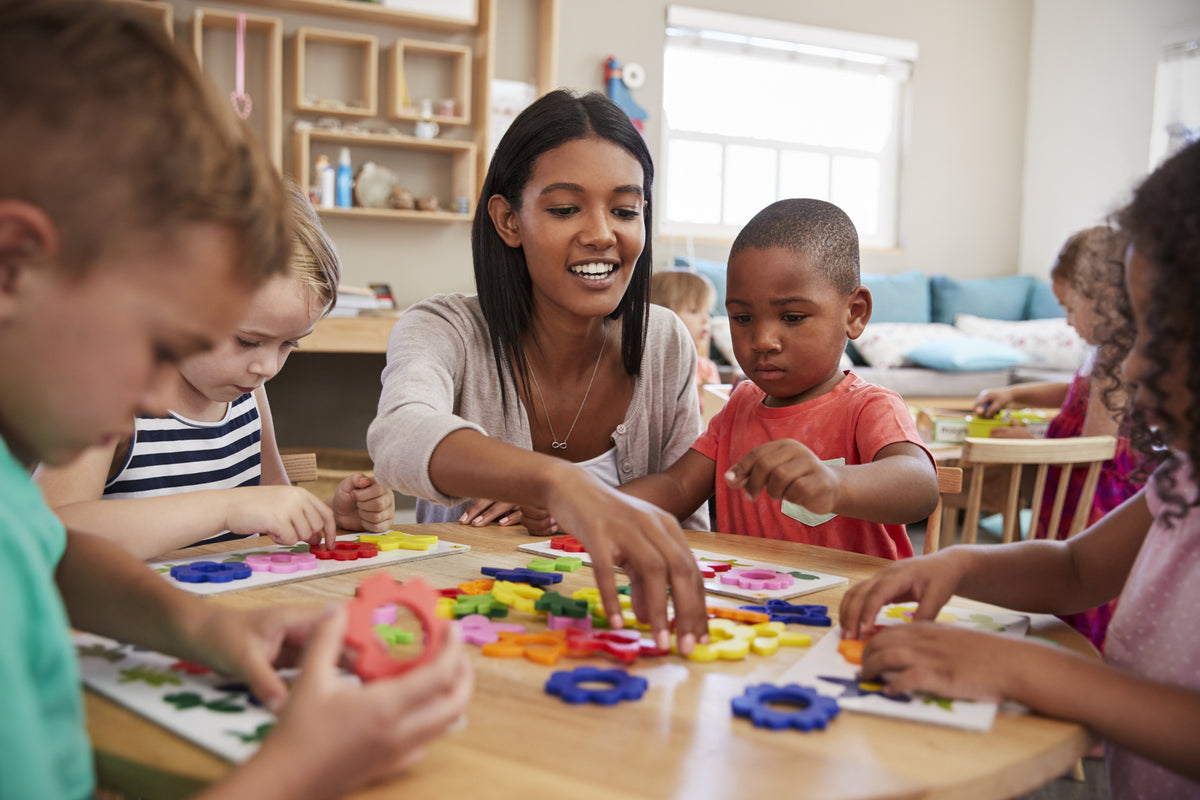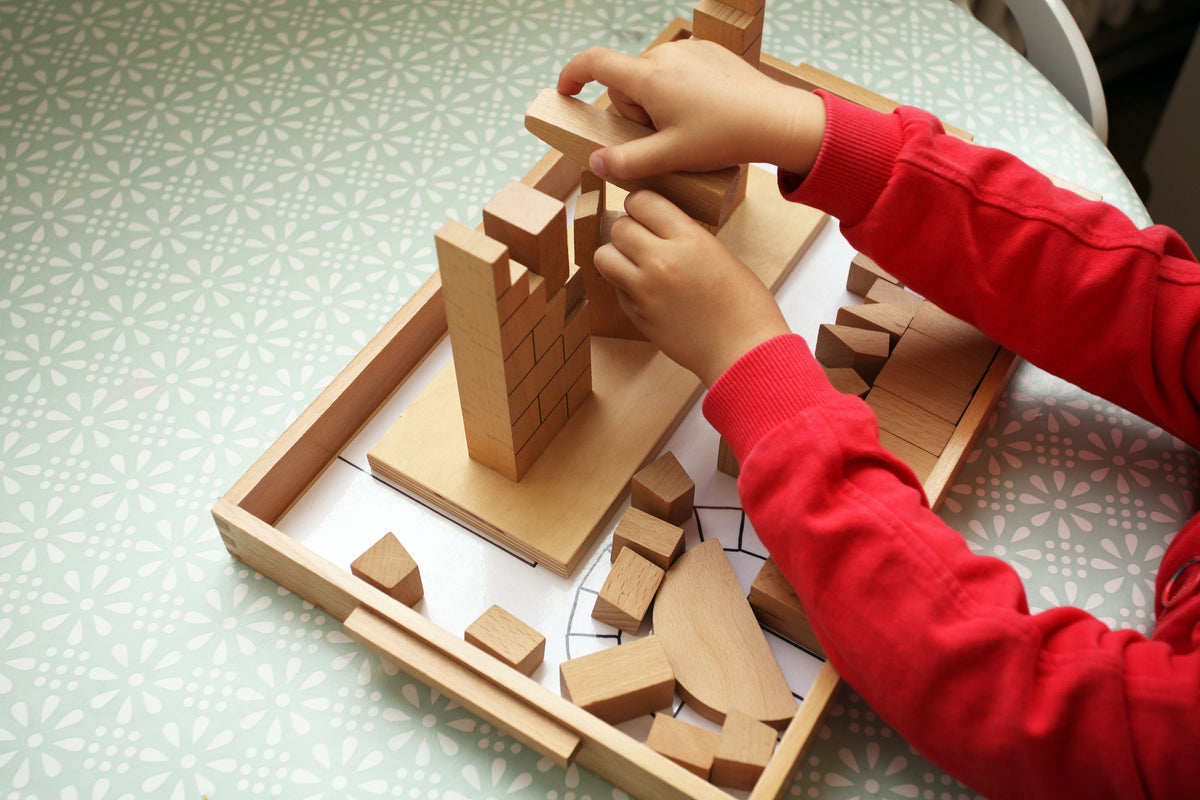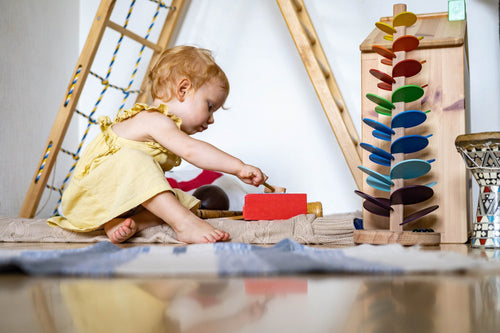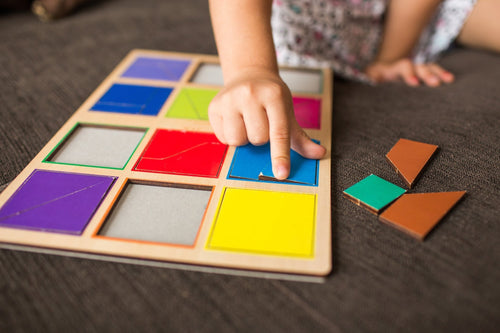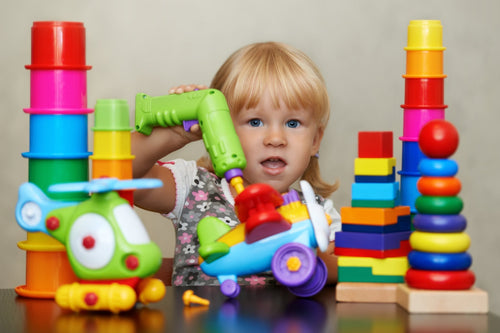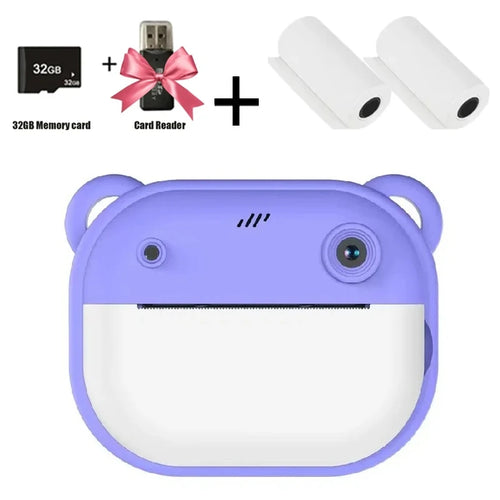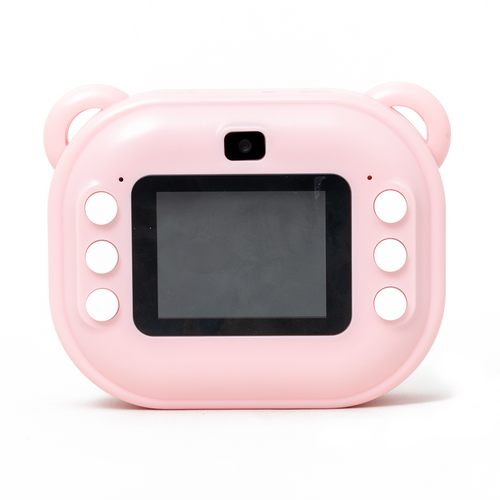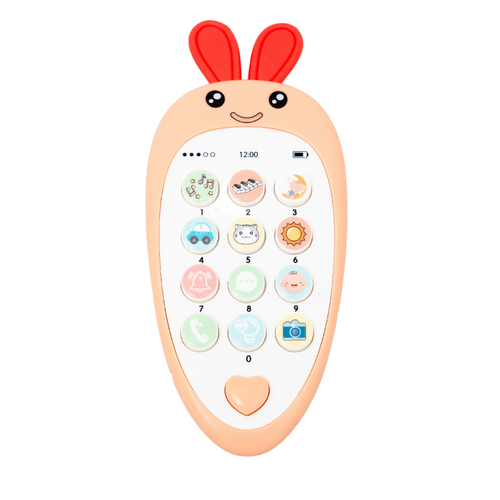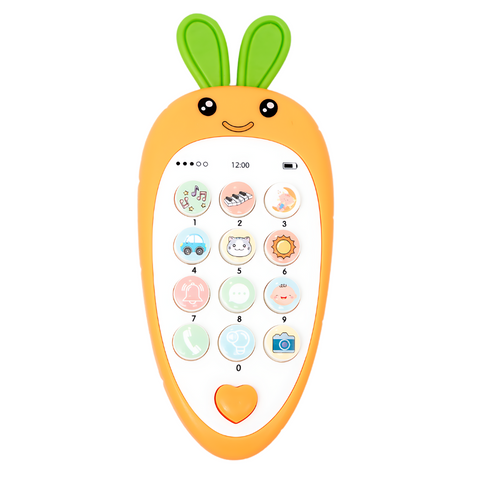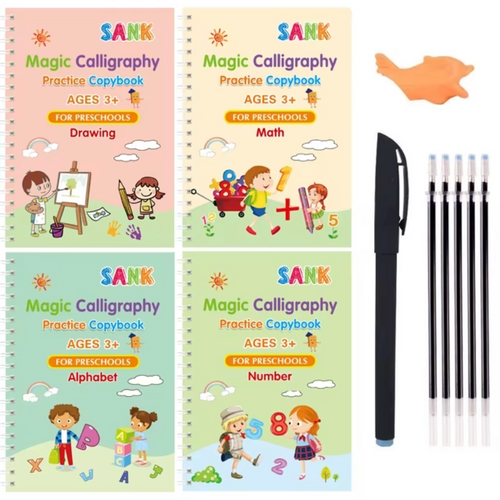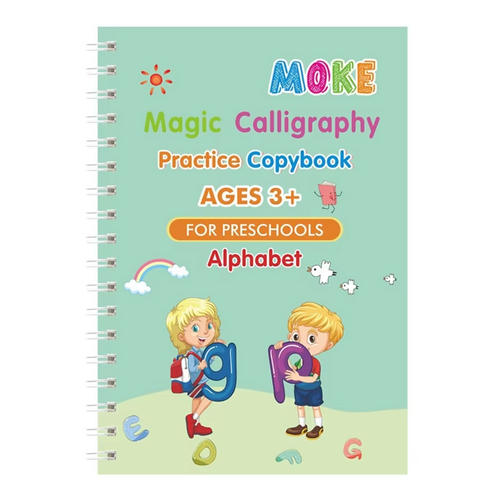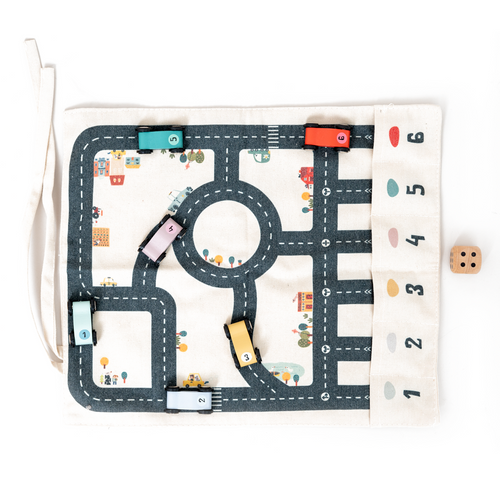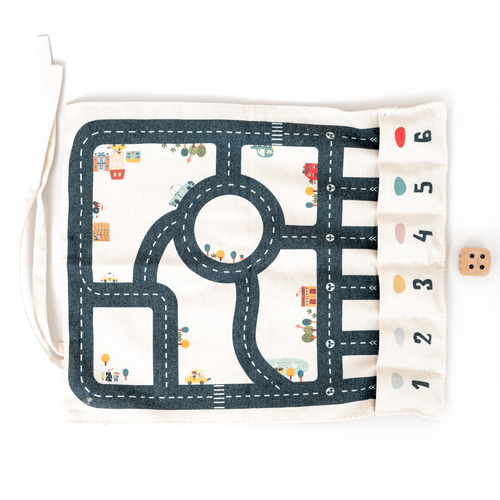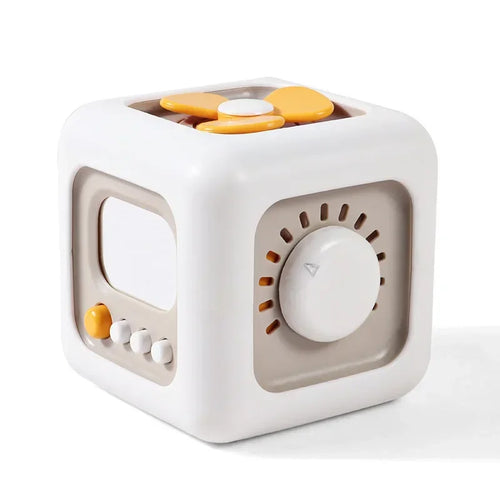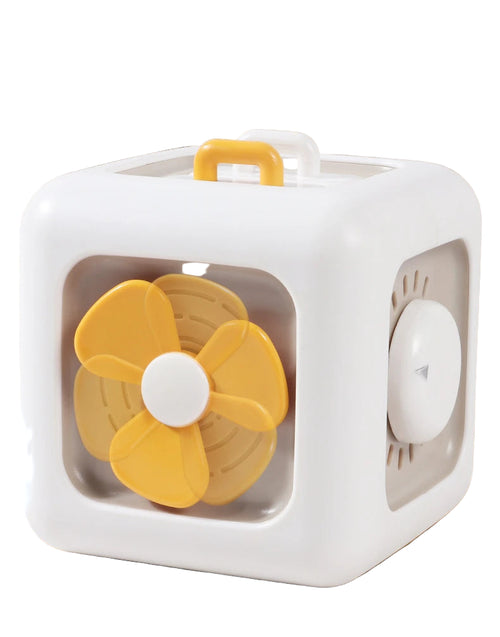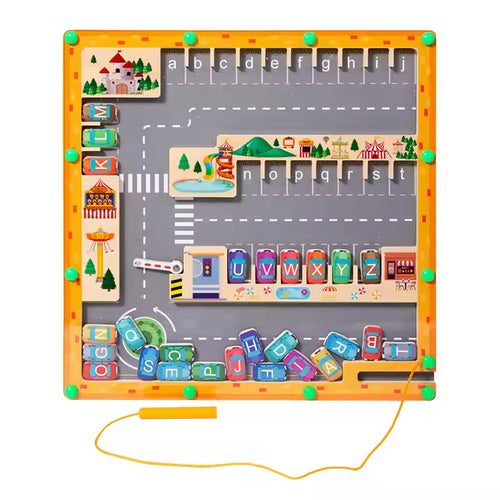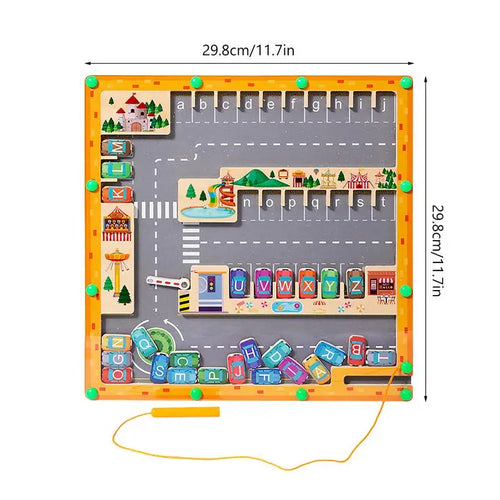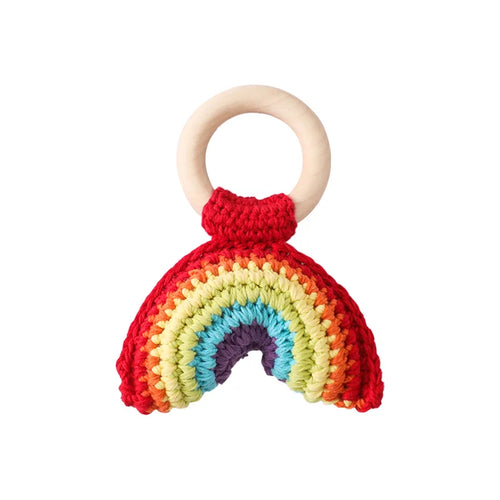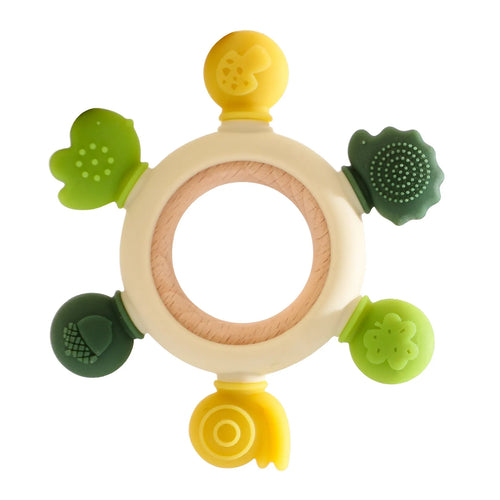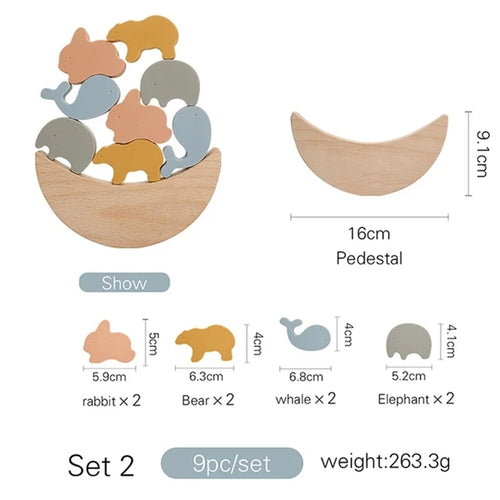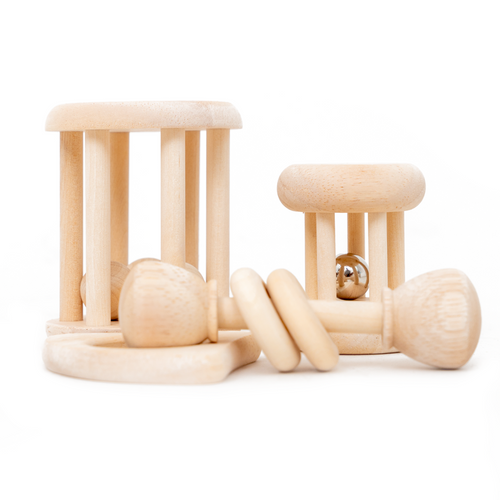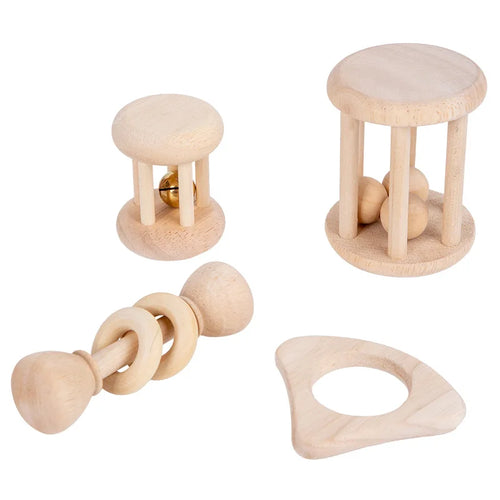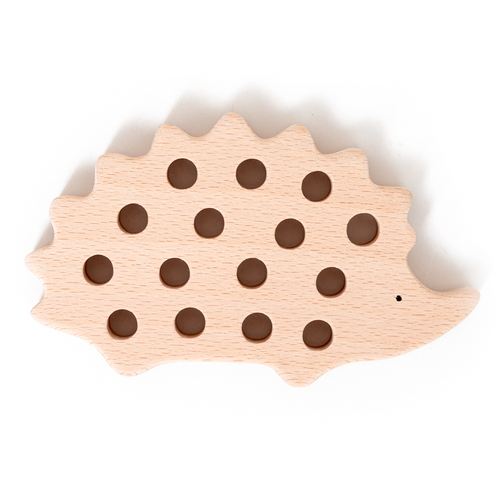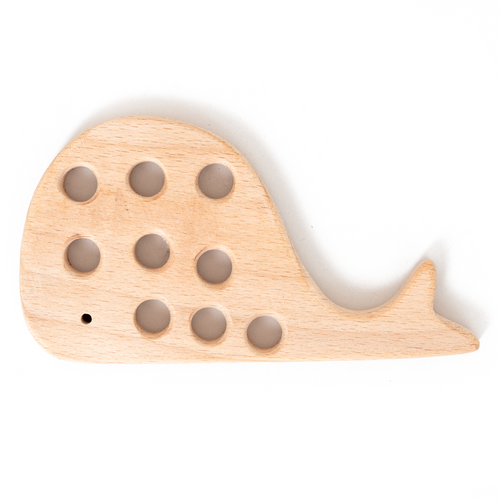Playtime is where curiosity turns into skills. Sensory toys let kids squeeze, spin, stack, listen, and glow their way through new experiences. They help children explore safely, practice calm, and build confidence. Parents love them because they work in real life, in car seats, at restaurants, during homework breaks, and at bedtime.
Below you will find twenty five parent-approved sensory toys with quick bullets on why they are great, who they suit best, and what skills they support. Each section links to a TinyLearns collection or product so you can browse options that fit your child.
Tip for busy families: start with one tactile toy, one movement toy, and one visual or sound toy. Rotate weekly, store in clear bins, and let your child help choose. You will see more independent play, fewer meltdowns, and easier transitions.
1) Squishy and Stress Toys
Squish, squeeze, smile. These pocket friendly favorites turn restless energy into calm focus.
- Why they are great: Instant feedback in the hands, portable, quiet, easy to clean.
- Best for: Kids who fidget during transitions, anxious travelers, homework helpers ages 3+.
- Benefits: Strengthens hand muscles, supports self regulation, improves attention for short tasks.
Browse Squishy and stress toys.
2) Pop-Its and Classic Fidgets
Endless bubble popping that feels and sounds satisfying without mess.
- Why they are great: Repetitive action is soothing, durable silicone, easy to sanitize.
- Best for: School age kids who need a quiet fidget at a desk or in the car.
- Benefits: Builds finger strength and dexterity, supports focus during listening tasks.
See the Fidget toys collection.
3) Sensory Play Dough Kits
Soft, moldable, and creative, Play-Doh is a timeless way to explore textures and shapes.
- Why they are great: Open ended play, colors and scents engage multiple senses.
- Best for: Toddlers and preschoolers who love to roll, cut, and stamp.
- Benefits: Fine motor control, hand strength, early language as kids narrate creations.
4) Light Up Sensory Balls
They glow when they bounce, which turns a simple catch game into a light show.
- Why they are great: High engagement, works for indoor movement breaks.
- Best for: Kids who enjoy visual sparkle and gentle gross motor play.
- Benefits: Hand eye coordination, tracking skills, energy regulation before bedtime.
Explore Light up toys.
5) Water Beads and Gel Play
Tiny beads expand into cool, squishy pearls that are irresistible to scoop and pour.
- Why they are great: Budget friendly sensory bin filler, strong tactile input.
- Best for: Ages 4+ with supervision, kids who love sorting by color and scooping.
- Benefits: Fine motor pincer grasp, early math through counting and capacity play.
Build a bin with Sensory bin sets.
6) Weighted Plush Toys
Like a hug that follows your child around the house, without wires or screens.
- Why they are great: Gentle pressure is calming for bedtime and reading time.
- Best for: Kids who seek deep pressure, sensitive sleepers, age 3+.
- Benefits: Body awareness, lowered arousal before sleep, comfort on the go.
Meet our favorites in Weighted toys.
7) Sensory Bottles
Glitter and liquid drift slowly, which helps kids pause and breathe.
- Why they are great: Zero mess, perfect calm corner tool, beautiful on a shelf.
- Best for: Preschoolers and early elementary kids who benefit from visual calm.
- Benefits: Self regulation, patience, visual tracking, transition support.
Browse Sensory bottles.
8) Textured Chewelry
Safe silicone necklaces and bracelets that satisfy oral sensory needs discreetly.
- Why they are great: Redirects chewing from sleeves and pencils to a safe tool.
- Best for: Kids who mouth objects when anxious, students who need quiet input.
- Benefits: Oral motor input for regulation, improved focus and posture at the desk.
9) Kinetic Sand
It flows like wet sand but sticks to itself, which means satisfying cuts and shapes with little mess.
- Why it is great: Sensory rich without water, resets moods in minutes.
- Best for: Kids who love scooping and slicing, indoor play on a tray.
- Benefits: Bilateral coordination, imaginative building, language around textures.
Shop Kinetic sand kits.
10) Foam Blocks and Textured Builders
Soft blocks that stack high, then tumble safely, perfect for small spaces and quiet hours.
- Why they are great: Lightweight, safe for toddlers, easy cleanup.
- Best for: Ages 1 to 4, early builders who enjoy cause and effect.
- Benefits: Spatial skills, problem solving, grasp development.
11) Balance Boards
Rock, wobble, and stretch. A small tool with big payoffs in strength and control.
- Why they are great: Indoor movement break, grows with kids, endless play ideas.
- Best for: Kids who crave motion, kindergarten through preteen.
- Benefits: Core strength, balance, vestibular input that improves attention after movement.
Explore Balance and movement toys.
12) Bubble Machines and Bubble Guns
Instant giggles, instant chasing, and a thousand tiny pops.
- Why they are great: High joy per minute, outdoor or indoor with a mat.
- Best for: Parties, playdates, toddlers who need quick wins.
- Benefits: Visual tracking, hand eye coordination, social play.
See Bubble toys.
13) Tactile Puzzle Mats
Floor tiles with textures and patterns that invite crawling, balancing, and barefoot exploring.
- Why they are great: Doubles as playroom flooring, easy to wipe clean.
- Best for: Babies learning to crawl, toddlers who like barefoot feedback.
- Benefits: Sensory tolerance, motor planning, safe gross motor practice.
Browse Puzzle and play mats.
14) Glow in the Dark Stars and Sensory Lights
Turn bedtime into a calm ritual with gentle light shows and starry ceilings.
- Why they are great: Soothing visuals, gentle way to reduce screen time at night.
- Best for: Sensitive sleepers who need a calm focus before lights out.
- Benefits: Relaxation, routine building, visual tracking.
Shop Sensory lights and projectors.
15) Musical Sensory Toys
Shakers, rainmakers, and xylophones introduce rhythm and cause and effect.
- Why they are great: Low barrier to play, immediate sound rewards.
- Best for: Toddlers and preschoolers who love to make noise with purpose.
- Benefits: Auditory processing, timing, cooperation during family music time.
Explore Musical toys.
16) Slime Kits
Stretchy, clicky, glittery, and endlessly mixable, slime is a sensory science lab.
- Why they are great: High interest, simple recipes, strong hand work.
- Best for: Ages 6+, kids who enjoy experiments and texture play.
- Benefits: Fine motor strength, following directions, mindfulness through slow stretching.
Pick a set from Slime kits.
17) Sensory Swings
A fabric cocoon that provides motion and gentle pressure for deep relaxation.
- Why they are great: Calming hideaway, helps reset during after school overload.
- Best for: Kids who seek movement and cozy spaces, ages 3+ with supervision.
- Benefits: Vestibular input, core strength, improved mood after short swinging sessions.
See Sensory swings.
18) Spinning Chairs and Sit and Spin Toys
Safe spinning that kids control with their own body power.
- Why they are great: Quick way to meet movement needs indoors.
- Best for: Kids who love to twirl, ages 3 to 8, short bursts work best.
- Benefits: Balance, proprioception, improved readiness for seated tasks after movement.
Browse Spin and motion toys.
19) Textured Balls and Grippers
Small balls with bumps and ridges that invite squeezing, rolling, and catching.
- Why they are great: Simple, affordable, works for play and therapy.
- Best for: Toddlers and early elementary kids working on grasp and release.
- Benefits: Hand strength, bilateral coordination, tactile exploration with variety.
Find options in Textured ball sets.
20) Marble Maze Fidget Boards
Guide a marble through tracks to finish a challenge while your hands stay busy.
- Why they are great: Quiet, goal based, satisfying success moments.
- Best for: Kids who need a fidget with a purpose during reading time.
- Benefits: Fine motor control, planning, persistence.
21) Liquid Motion Timers
Colorful droplets drift down at a steady pace, which helps children slow down too.
- Why they are great: Calm visuals, natural timer for breathing exercises.
- Best for: Homework breaks, calm corners, kids who enjoy watching patterns.
- Benefits: Self regulation, patience, focus.
Explore Liquid timers.
22) Tactile Flashcards
Letters and numbers you can feel, not just see.
- Why they are great: Multisensory learning improves recall and confidence.
- Best for: Preschoolers and early readers who benefit from tracing while saying sounds.
- Benefits: Prewriting strokes, phonics practice, sensory tolerance.
Shop Tactile flashcards.
23) Scented Markers and Scratch and Sniff Stickers
Art time meets smell exploration in a playful, low effort way.
- Why they are great: Adds novelty to drawing, motivates reluctant writers.
- Best for: Kids who enjoy creative projects and mild scent experiences.
- Benefits: Sensory variety, longer attention during art, fine motor practice.
24) Play Tunnels
Instant forts and obstacle courses that fold away in seconds.
- Why they are great: Big impact, small storage, encourages active indoor play.
- Best for: Toddlers and preschoolers who love peekaboo and chase games.
- Benefits: Gross motor strength, motor planning, imaginative play.
Browse Indoor play gear.
25) DIY Sensory Bins
Rice, beans, pasta, scoops, and treasure figures turn a simple bin into a world of discovery.
- Why they are great: Affordable, customizable, easy to theme for seasons or interests.
- Best for: Ages 3+ with supervision, kids who enjoy quiet tactile play.
- Benefits: Language growth as kids tell stories, fine motor work, calm focus.
Start with Sensory bin bases and tools.
How to Choose the Right Mix
- Begin with variety: choose one tactile item, one movement item, and one visual or sound item.
- Match to moments: portable fidgets for travel, deep pressure for bedtime, movement for after school.
- Keep it safe: follow age labels, supervise small parts, and store in clear bins for easy routines.
Browse the full TinyLearns sensory collection to build a kit that fits your child and your space.
FAQ
Are sensory toys only for kids with special needs?
No, all children benefit from sensory play. The toys in this guide support attention, language, and self regulation for every child.
What age should I start sensory play?
From infancy you can offer safe textures and gentle lights. For small parts, follow age labels and supervise closely.
How many sensory toys do we need?
Three to five well chosen items cover most routines. Rotate weekly to keep interest high without clutter.
Which toys help the most with calming?
Weighted plush toys, sensory bottles, liquid timers, and squishy fidgets are reliable calming tools for many kids.

